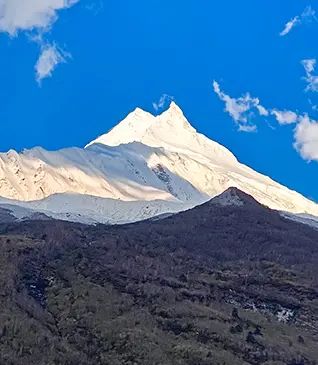Trekking enthusiasts often find themselves drawn to the pristine beauty of the Himalayas, and the Har ki Dun Trek stands out as one of the most beautiful trails in the Himalayas. Nestled in the Western Garhwal Himalayas, the Har ki Doon Valley is a haven for nature lovers and adventure seekers alike. This trek offers a unique blend of scenic landscapes, rich biodiversity, and cultural experiences, making it a must-do for anyone exploring the great outdoors. Also known as the “Valley of Gods”, it is believed to be the same route taken by the Pandavas in the Mahabharata on their way to heaven. The trek covers a distance of approximately 43 kilometres, taking you through dense forests of pine, deodar, and rhododendron, quaint mountain villages, and alongside the gushing Supin River. The trail offers stunning views of snow-capped peaks such as Swargarohini, Bandarpoonch, and Black Peak. With its moderate difficulty level, the trek is suitable for both beginners and seasoned trekkers.
Why Choosing the Right Time to do the Trek is Crucial?
Timing is a crucial factor when planning any kind of trekking in Uttarakhand and the Har Ki Dun Trek is no exception. The experience and safety of trekkers can significantly vary depending on the time of year chosen for the journey. Weather conditions, trail accessibility, and the natural beauty of the surroundings change with the seasons, impacting the overall trekking experience. Choosing the right time ensures pleasant weather, optimal trail conditions, and the best possible views, making the trek more enjoyable and memorable. In this article, we will provide you with comprehensive information to help you determine the best time to embark on the Har Ki Dun Trek.
Season Wise Breakdown of the Har Ki Dun Trek
1. Spring (March to April)
.webp)
Pros
- Pleasant weather: Spring brings mild and pleasant temperatures, ranging from 10°C to 15°C during the day. The cool breeze and fresh air make trekking comfortable and enjoyable.
- Blooming rhododendrons and other flowers: The valley comes alive with vibrant colours as rhododendrons and other wildflowers bloom, creating a picturesque landscape that enhances the trekking experience.
Cons
- Melting snow causing slippery trails: The melting snow can make the trails slippery and challenging to navigate, requiring trekkers to be cautious and well-prepared.
- Possible rainfall: Spring showers, while generally light, can make the trails wet and muddy, adding an extra layer of difficulty to the trek.
2. Summer (May to June)
.webp)
Pros
- Stable and clear weather: Summer offers some of the most stable and clear weather conditions, with temperatures ranging from 15°C to 25°C during the day, perfect for trekking.
- Long daylight hours: Longer days mean more daylight hours for trekking, allowing trekkers to cover more ground and enjoy the scenery without rushing.
- Ideal for photography: The bright summer light, clear skies, and vibrant landscapes provide excellent opportunities for photography, capturing stunning views and natural beauty.
Cons
- Crowded trails: Summer is a popular time for trekking, leading to crowded trails and potentially detracting from the sense of solitude and tranquillity.
- Higher accommodation prices: Due to the influx of trekkers, accommodation prices can be higher, making it important to book in advance to secure a spot.
3. Autumn (September to November)
.webp)
Pros
- Clear skies and excellent visibility: Autumn offers clear skies and excellent visibility, providing stunning views of the surrounding peaks and valleys.
- Stable weather: The weather is generally stable and dry, making it one of the best times for trekking.
- Beautiful fall colours: The valley is adorned with beautiful fall colours, adding to the scenic beauty and making the trek even more enjoyable.
Cons
- Cooler temperatures: The temperatures start to drop, especially in the evenings and nights, requiring trekkers to be prepared for cooler conditions.
- Shorter daylight hours: The days become shorter, limiting the amount of daylight available for trekking and requiring careful planning to ensure enough time to reach campsites.
Optimal Months for Trekking Har Ki Dun
For those planning to embark on the Har ki Dun Trek, the best times to do so are during the months of April to June and September to November. These periods offer the most favourable conditions, ensuring an enjoyable and safe trekking experience. Ultimately, the best time for the Har ki Doon Trek depends on individual preferences and preparedness. By considering the optimal trekking months and aligning them with personal likes and fitness levels, trekkers can ensure a rewarding and memorable adventure.
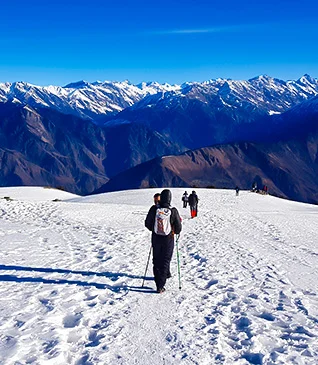
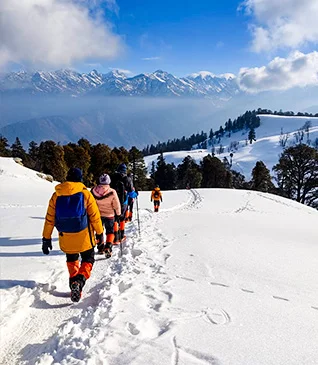
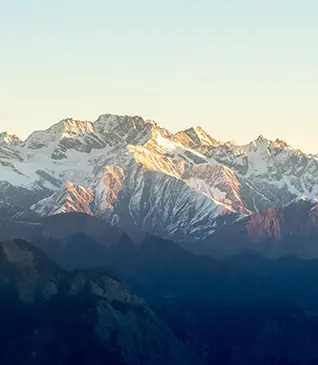
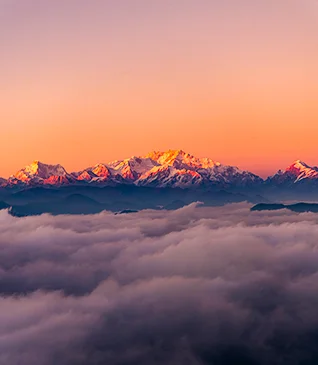
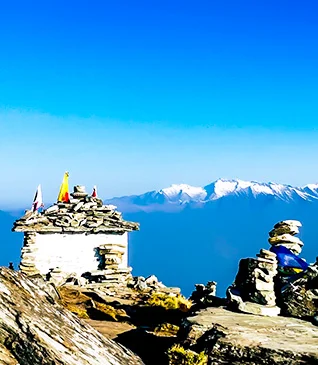
.webp)
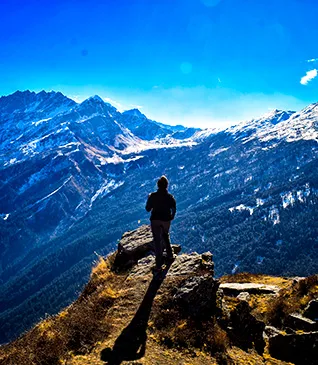
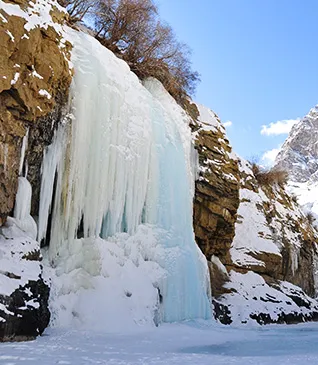
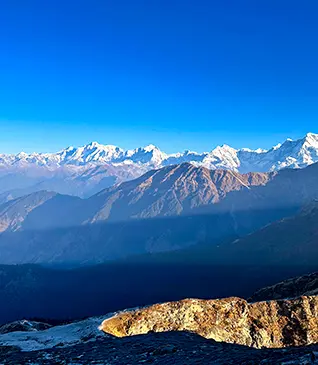
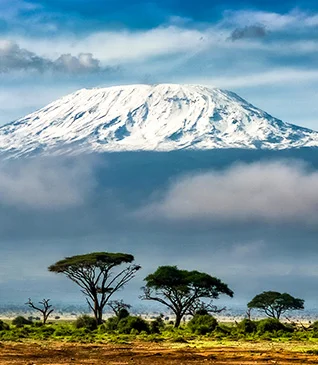
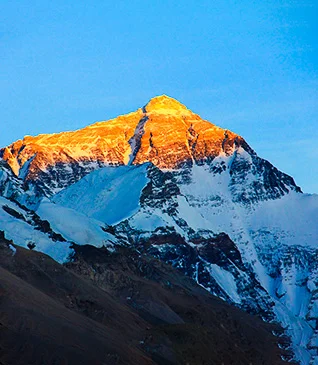
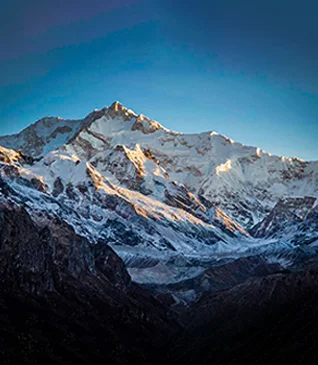
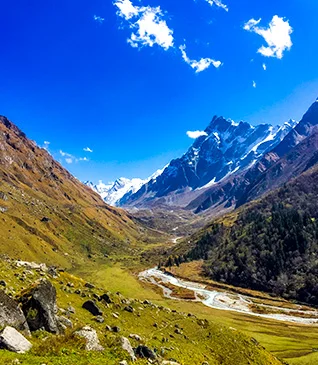

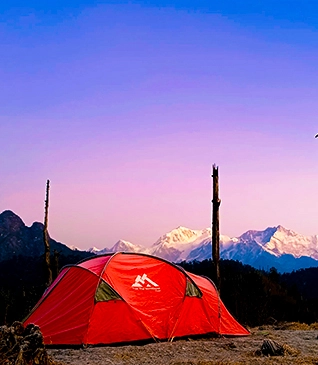
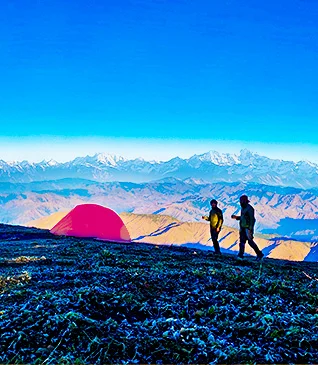
.webp)
